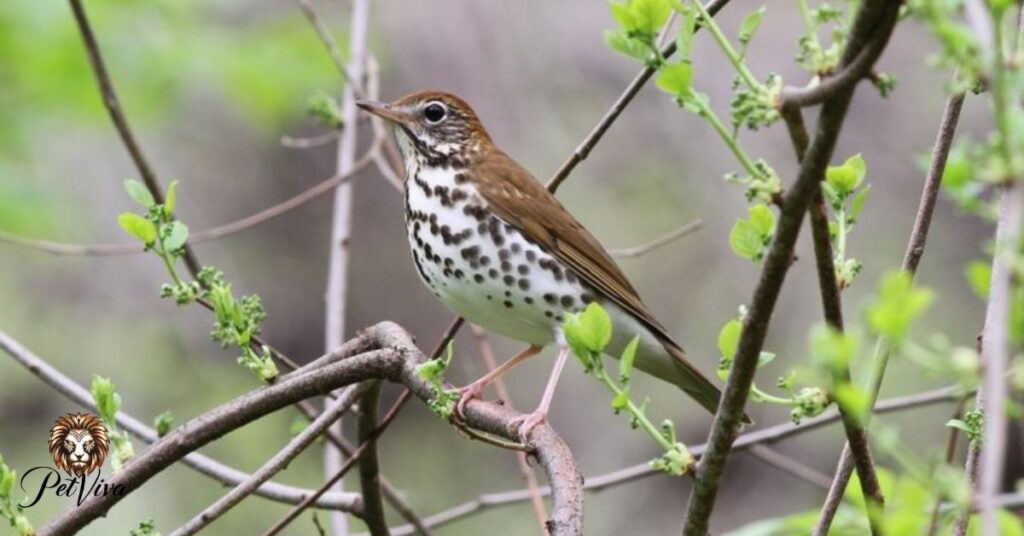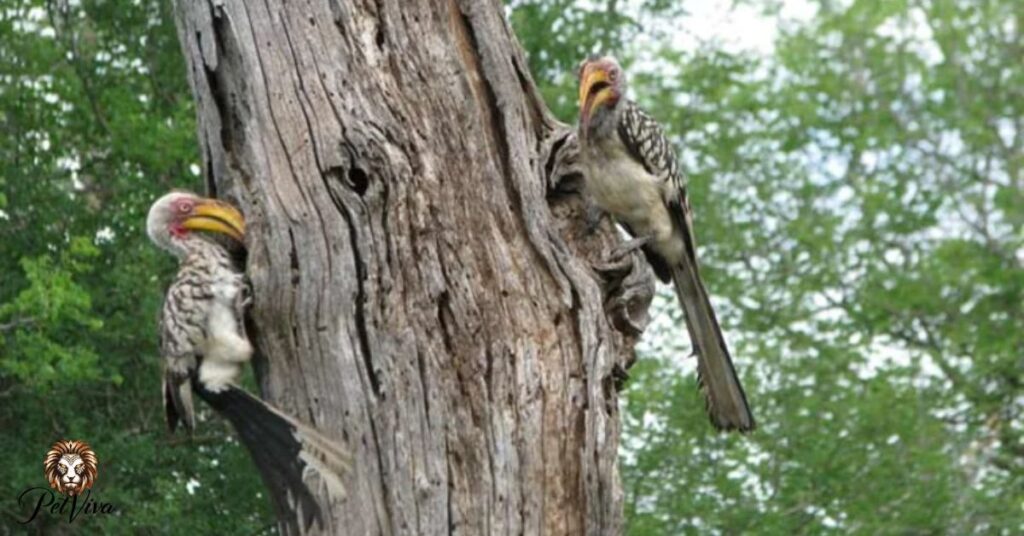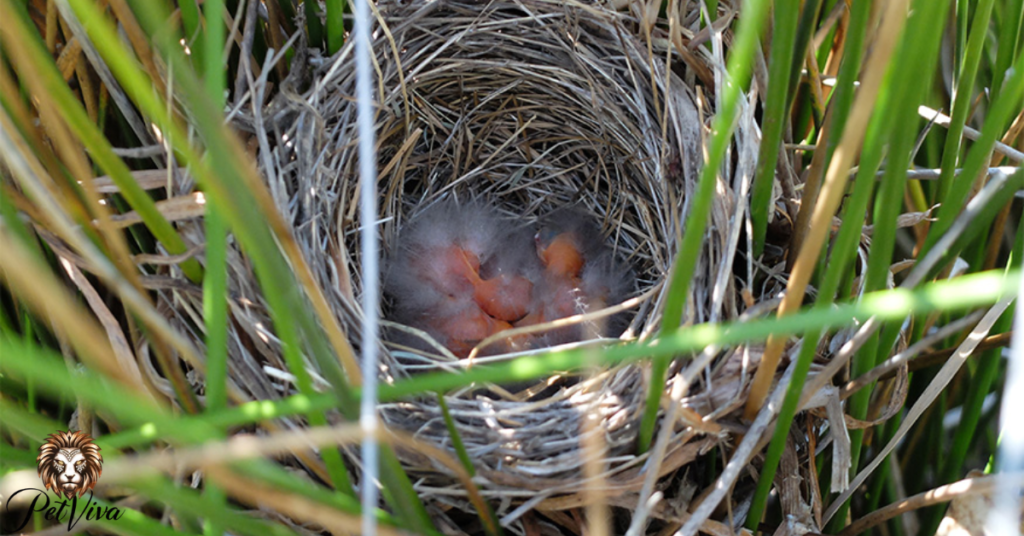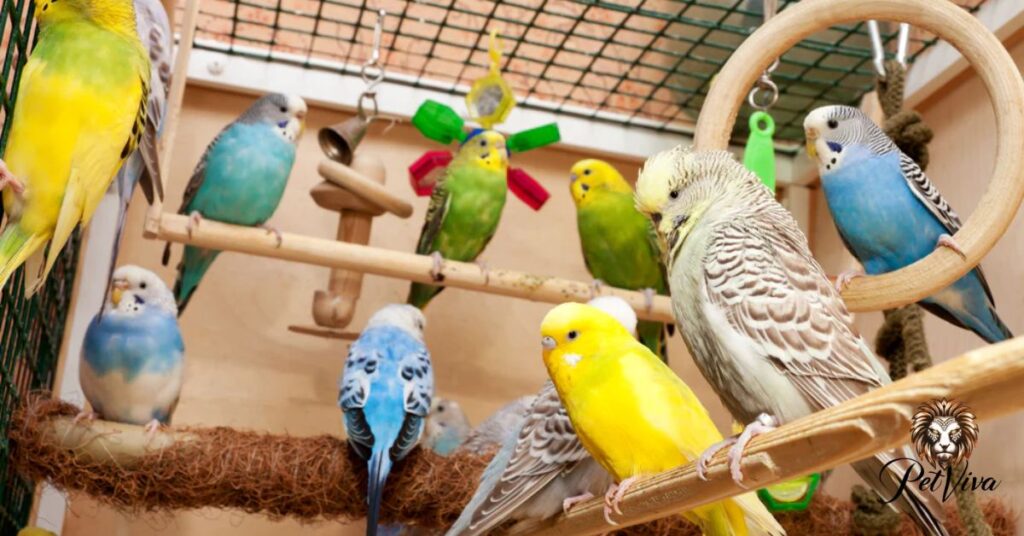Birds live in a variety of habitats all around the world. Some prefer forests while others inhabit grasslands deserts or even urban areas. Their choice of habitat often depends on factors like food availability shelter and nesting sites.
Forests where do birds live? provide a diverse range of trees and vegetation for birds to build their nests and find insects seeds and fruits to eat. Grasslands offer open spaces for birds like sparrows and meadowlarks to forage for seeds and insects. In deserts birds such as roadrunners and cactus wrens have adapted to survive with limited water and food resources.
Even in cities and towns birds can be found nesting on buildings foraging in parks, and scavenging for food scraps. Pigeons and sparrows are common sights in urban environments demonstrating the adaptability of birds to different habitats. Overall birds’ diverse habitats reflect their ability to thrive in various environments around the world.
Small birds love gardens
Small birds often find gardens to be ideal habitats for nesting and foraging. With an abundance of trees shrubs and flower gardens provide ample hiding spots and nesting sites. gardens attract insects, seeds and fruits that small birds like sparrows finches and robins feed on.
Where do birds live? Gardens offer a safe haven for small birds amidst human settlements. The combination of vegetation and food sources makes gardens attractive for birds seeking shelter and sustenance. From urban to rural areas gardens serve as vital habitats for a variety of bird species.
In gardens birds find a welcoming environment where they can build nests raise their young and find food without venturing far from cover. The diverse plant life in gardens ensures that small birds have a constant supply of insects seeds and berries to sustain themselves throughout the year.
Also read this: WHAT IS A HANCOCK BIRD?
Many birds like to live in the woods

Many birds find the woods to be a perfect place to call home. With dense foliage and tall trees, the woods offer abundant shelter and nesting opportunities. Birds such as woodpeckers owls and thrushes thrive in this environment where they can find ample food and protection from predators.
In the woods birds enjoy a diverse array of habitats from deciduous forests to coniferous groves. Each type of woodland provides unique resources and challenges for its avian residents. For example deciduous forests offer a variety of insects and fruits while coniferous forests provide shelter and nesting sites year-round.
Birds’ preference for wooded areas is driven by their need for both food and safety. The intricate network of branches and foliage in the woods provides cover from aerial predators like hawks and eagles while also offering a rich supply of insects seeds and berries for birds to feast on.
Also read this: CAN BIRDS EAT BANANAS
Do birds live in trees

Birds are well-known for their close association with trees making them essential habitats for many avian species. Trees serve as more than just a place to perch; they provide birds with nesting sites shelter from predators and access to food sources like insects fruits and seeds. From the towering canopies of rainforests to the sparse branches of desolate landscapes trees accommodate birds in various environments worldwide.
Do birds live in trees? The answer is a resounding yes, as trees offer birds a multitude of benefits essential for survival. Whether it’s building intricate nests high above the ground or seeking refuge from harsh weather conditions trees play a crucial role in the lives of countless bird species. Even in urban settings where green spaces may be scarce, trees provide vital havens for birds seeking sanctuary amidst the concrete jungle.
Do birds live in nest
Nests are essential structures in the lives of many bird species, serving as both homes and nurseries. Birds meticulously construct nests using a variety of materials like twigs grass and feathers creating safe spaces for breeding and raising young. These nests vary in design and location reflecting the diverse needs and behavior’s of different bird species.
Do birds live in nests? Absolutely. Nests provide birds with a secure place to lay eggs, incubate them, and rear their chicks until they are ready to fledge. From simple ground scrapes to elaborate constructions perched high in trees, nests play a vital role in the reproductive success and survival of avian populations worldwide.
Grasslands Where Birds Roam and Nest

Grasslands are vast expanses of open terrain, home to a diverse array of bird species. In these wide-open spaces birds like sparrows, meadowlarks and quails roam freely, foraging for seeds and insects. Grasslands provide ample nesting opportunities with grass tufts and shrubs serving as ideal locations for building nests and raising young.
In grasslands birds find sanctuary amidst the waving grasses, where they can establish territories and rear their offspring. These habitats offer not only food and shelter but also panoramic views that allow birds to spot predators and competitors from afar. Overall grasslands play a crucial role in supporting bird populations and fostering biodiversity in natural ecosystems.
Urban Bird Habitats Cities as Bird Havens
Cities may seem like unlikely places for birds to thrive, but urban environments have become important habitats for many bird species. From bustling metropolises to quiet suburbs birds such as pigeons sparrows and even raptors have adapted to city life. Parks gardens and green spaces within urban areas provide essential sanctuaries where birds can find food shelter and places to nest amidst the concrete and asphalt.
Despite the challenges of urbanization, birds have found ingenious ways to make cities their homes. They utilize buildings for nesting and roosting trees for perching and foraging and even street lights as vantage points. Urban bird habitats not only showcase the adaptability of birds but also offer opportunities for city dwellers to connect with nature and appreciate the diverse avian life thriving in their midst.
Wetlands Vital Bird Sanctuaries
Wetlands are crucial ecosystems that serve as vital bird sanctuaries providing essential habitat for a wide variety of avian species. These watery landscapes including marshes swamps and mangroves offer birds abundant food nesting sites and protection from predators. Wetlands support both migratory birds and year-round residents making them indispensable for bird conservation efforts worldwide.
In wetlands, birds find refuge amidst the reeds and waterways, where they can feed on fish, insects, and aquatic plants. These habitats are particularly important for waterfowl wading birds, and shorebirds providing essential breeding grounds and stopover points during migration. Wetlands also play a crucial role in maintaining the health of ecosystems by filtering water preventing floods and storing carbon making them invaluable not only for birds but for all life forms that depend on them.
Desert Dwellers Bird Life in Arid Landscapes
In the seemingly harsh and barren landscapes of deserts bird life thrives with remarkable adaptability and resilience. Despite the arid conditions deserts host a surprising diversity of avian species that have evolved unique strategies to survive in these challenging environments. From scavenging vultures to speedy roadrunners and charismatic desert owls, birds play vital roles in desert ecosystems.
Desert dwellers have developed specialized behavior’s and physical adaptations to cope with extreme heat, limited water and sparse vegetation. Some birds, like the iconic cactus wren build intricate nests among thorny plants, while others such as falcons and hawks hunt small prey in the vast desert expanses. Despite the harsh conditions the bird life in deserts highlights the resilience and ingenuity of these remarkable creatures in the face of adversity.
Frequently asked question
Where do the birds live?
Birds live in a variety of habitats worldwide, including forests grasslands deserts and urban areas. They adapt to their surroundings to find food shelter and nesting sites.
Do you know where birds live?
Birds live in diverse habitats globally such as forests, grasslands deserts and urban areas, adapting to find food and shelter.
Where do you see birds?
You can see birds in various habitats, from forests and parks to cities and gardens, where they forage for food build nests, and interact with their environment.
Where do the birds sleep?
Birds sleep in various locations depending on the species including nests tree branches cliffs and even on the ground, seeking safety and shelter from predators while resting.
Conclusion
The diverse habitats where birds live reflect their remarkable adaptability to different environments. From the dense canopies of tropical rainforests to the arid expanses of deserts, birds have evolved to thrive in a wide range of ecosystems. Forests provide shelter and nesting sites while grasslands offer open spaces for foraging. Even urban areas become bustling bird habitats demonstrating their ability to coexist with humans.
Where birds live is crucial for their conservation as it allows us to identify and protect their habitats effectively. By preserving forests wetlands grasslands and other critical habitats, we can ensure the continued survival of bird populations worldwide. Ultimately appreciating the diversity of places Where Do Birds Live? enriches our understanding of their behavior, ecology and interconnectedness with the natural world.







